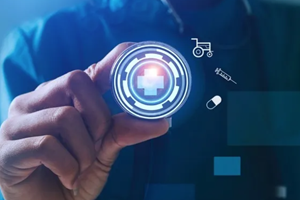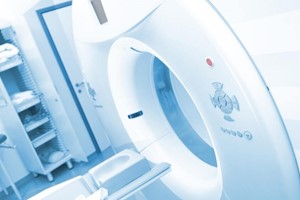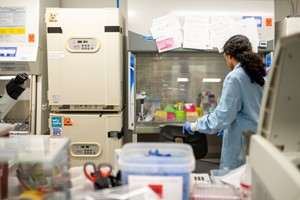Ambient listening technology, initially created to automate clinical documentation, is now advancing to optimize various administrative workflows within healthcare settings. By harnessing artificial intelligence (AI), these tools aim to reduce clinician burnout and enhance decision-making processes.
Ambient listening involves AI systems designed to listen to, interpret, and analyze conversations between patients and healthcare providers. Unlike basic transcription services, these advanced tools generate clinically accurate summaries, produce billing and diagnostic codes, and prepare orders for labs, prescriptions, and follow-up visits. Prominent vendors in this field include Microsoft’s Nuance, Amazon Web Services, Suki, eClinicalWorks’ Sunoh.ai, DeepScribe, Abridge, Ambience, and Augmedix.
Kenneth Harper, general manager of Dragon at Microsoft, emphasizes, “Microsoft’s AI is specifically designed and adapted for each healthcare use case — in this example, documentation and workflow automation.” This customization ensures that the technology effectively addresses the specific needs and challenges encountered in healthcare environments, improving the relevance and effectiveness of AI tools.
The advantages of ambient listening tools are extensive. By automating routine administrative tasks, these technologies alleviate the burden of paperwork, allowing clinicians to focus more on patient care. They help decrease “pajama time,” the additional hours spent on documentation outside of clinic hours, and can even contribute to increased revenue by enabling clinicians to see more patients. Punit Soni, founder and CEO of Suki, points out, “ambient AI is poised to have a big impact in alleviating administrative burden, which is a significant driver of burnout.” A recent report from Doximity highlighted that 81% of physicians feel overworked, with 15% considering leaving their practice due to burnout and 30% contemplating early retirement.
The successful integration of ambient listening tools with electronic health records (EHRs) is vital for their effective adoption. The NEJM Catalyst paper notes that integrating EHRs helps overcome barriers related to ease of use and ensures that documentation integrates smoothly into existing workflows. “Integrations allow us to keep chart content between Suki and the EHR in sync,” Soni explains. This synchronization provides clinicians with the flexibility to either document within the EHR and sync with ambient listening tools or initiate documentation in the ambient tool and subsequently update the EHR. This seamless integration helps streamline processes and enhances overall efficiency.
Clinician responses to ambient listening technology have been largely positive. A study from the Permanente Medical Groups, published in the New England Journal of Medicine Catalyst, found that physicians using an unnamed ambient AI scribe experienced reduced time spent on note-writing and reported a better ability to engage with patients. Approximately 28% of physicians employed the AI scribe in over 100 patient encounters, with one physician utilizing it in 1,210 encounters. Similarly, a pilot study at Stanford Medicine revealed that two-thirds of 48 physician users felt that ambient listening saved time, 78% believed it expedited note-taking, and 96% found it easy to use. These positive results prompted Stanford Medicine to plan a broader deployment of Microsoft Nuance’s Dragon Ambient eXperience (DAX) Copilot across its provider network.
Beyond improving documentation efficiency, ambient listening technology offers significant value as a recruitment tool. Harper notes, “Healthcare leaders can use ambient listening to demonstrate that they care not only about the patient but also about helping their clinicians reclaim the joy of practicing medicine.” By addressing the administrative burdens that contribute to clinician burnout, these tools are expected to bring about substantial improvements in healthcare delivery and clinician satisfaction.
Ambient listening technology represents a significant advancement in healthcare by alleviating administrative burdens and enhancing workflow efficiency. These tools not only improve the accuracy and speed of documentation but also contribute to a more rewarding practice environment for clinicians, ultimately benefiting both patients and healthcare providers. As these technologies continue to evolve, they hold the promise of transforming the landscape of clinical practice and improving the overall healthcare experience.
By Brian Eastwood













